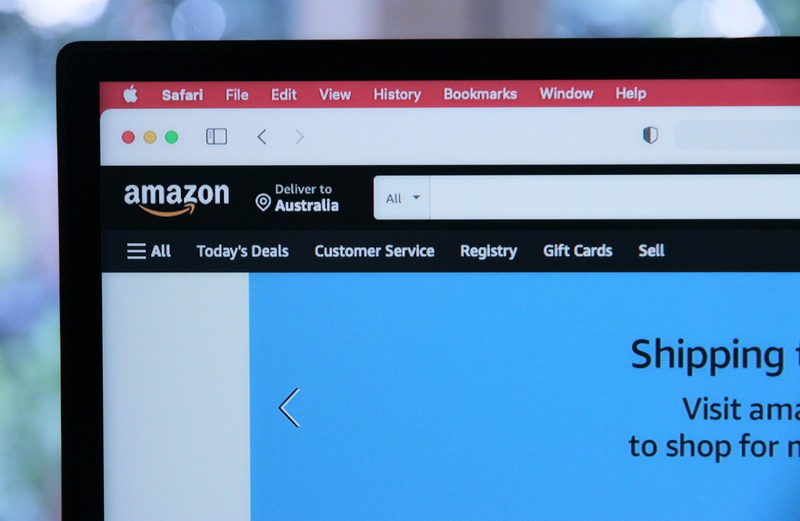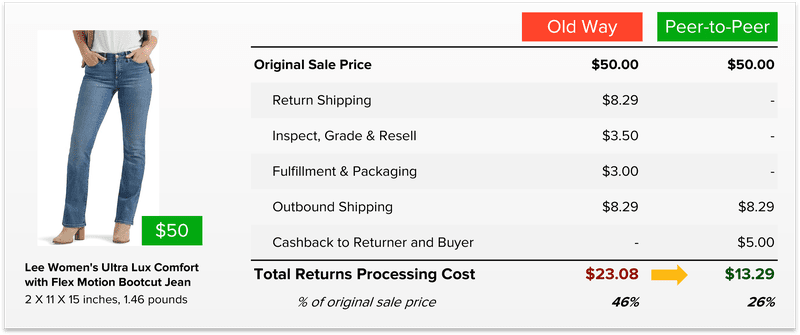Adapting to Amazon’s New Order Handling Capacity Changes

Last updated on February 20, 2025

Amazon made a significant change to how it manages Seller-fulfilled order volume by implementing automatic minimum thresholds for order handling capacity. Since February 24, 2025, this new system was put in place to help Sellers align their fulfillment promises with their actual capabilities. This change came with both opportunities and challenges, requiring Sellers to stay informed and adapt their strategies accordingly.
Amazon’s Order Handling Capacity Now Based on Historicals
The new policy introduced an automatic minimum threshold for a Seller’s order handling capacity, based on their average daily orders over the past 30 days. Amazon recalculates this figure weekly to ensure it remains aligned with the Seller’s fulfillment capabilities. If a Seller’s handling capacity falls below the calculated minimum, Amazon automatically adjusts it to better reflect recent performance. Sellers still have the flexibility to set higher order limits if they choose.
This feature was designed to help Sellers manage realistic fulfillment expectations, preventing scenarios where an unexpected influx of orders resulted in late shipments or negative customer experiences. It applies exclusively to Standard and Free Economy shipping methods, excluding Seller Fulfilled Prime and Premium Shipping orders.
What This Means for Sellers
For Sellers, this change represents a shift in how fulfillment capacity is determined. Historically, Sellers could manually adjust their order handling limits based on their expected capabilities. Since this update, Amazon takes a more data-driven approach, automatically setting a baseline based on past performance.
For Sellers with strong fulfillment records, this can be an advantage. If they consistently meet or exceed expectations, they may find their order capacity increasing over time, allowing them to accept more orders without negatively impacting delivery promises. However, Sellers who have struggled with fulfillment issues, even temporarily, will see their capacity restricted. This will be a challenge for businesses that experience seasonal spikes or sudden demand surges that aren’t reflected in historical data.
The Pros and Cons of Amazon’s Automatic Capacity Handling
There are both advantages and potential downsides to Amazon’s automatic handling capacity adjustment.
Pros: Avoid Overpromising on Delivery Dates
One of the most notable benefits is that it helps prevent over-commitment. Sellers have more realistic fulfillment expectations set automatically, reducing the risk of late shipments and potential penalties.
Additionally, customers receive more accurate delivery estimates, improving overall satisfaction. By automatically recalibrating capacity, Amazon is attempting to create a more reliable shopping experience where buyers receive their items within the promised timeframe.
Cons: Fulfillment Setbacks Haunt Sellers Longer
However, the automated approach also introduces some challenges. Sellers who experience sudden growth or occasional high-volume periods will find their handling capacity constrained if the system doesn’t quickly recognize their increased ability to fulfill orders. Furthermore, businesses that have recently dealt with supply chain disruptions or temporary fulfillment delays may be penalized by having their capacity automatically reduced, even if their operations have since stabilized.
How Sellers Can Stay Proactive & Maintain High Performance
Sellers must stay proactive. Regularly monitoring order handling settings within Seller Central are crucial to ensure that automatic adjustments align with actual business capabilities. If a Seller notices a significant drop in their capacity limit, they should assess whether past fulfillment issues may have contributed to the change and work on improving those metrics.
Sellers can also manually increase their order handling capacity if they anticipate higher demand, such as during holiday seasons or promotional events. Since the automatic threshold is only a minimum, having the ability to set a higher limit allows Sellers to maintain control over their operations while still benefiting from the safeguards Amazon has introduced.
Another key strategy is maintaining a strong fulfillment performance record. Fast, reliable shipping, low cancellation rates, and high customer satisfaction help ensure that Amazon’s system views a Seller as capable of handling higher volumes. Partnering with a high-capacity and robust fulfillment partner (3PL) can help if meeting the expectations is challenging. Sellers who consistently meet fulfillment expectations are in a better position to scale their operations.
Summary
Amazon’s decision to implement automatic minimum thresholds for order handling capacity is a shift toward a more data-driven approach that prioritizes more accurate fulfillment capacity and better protection against over-commitment. It also places added pressure on Sellers to maintain consistent shipping and delivery performance.
Sellers should focus on improving their order fulfillment metrics, proactively managing capacity settings, and staying ahead of any potential limitations. By understanding how this works and taking the necessary steps to optimize operations, Sellers ensure they remain competitive while continuing to deliver a high-quality experience for their customers.
Frequently Asked Questions
What are the Amazon order handling requirements?
Amazon’s order handling requirements include strict guidelines for order processing times, packaging standards, and shipping methods. These guidelines aim to streamline the fulfillment process and enhance the customer experience.
How can sellers optimize their shipping methods to meet Amazon’s requirements?
Sellers can optimize their shipping methods by selecting the most efficient and cost-effective shipping options, leveraging Amazon’s shipping services such as Fulfillment by Amazon (FBA), and ensuring that orders are shipped promptly.
What strategies can sellers use to adapt to seasonal demand fluctuations?
To adapt to seasonal demand fluctuations, sellers should plan ahead and ensure they have sufficient inventory and resources to handle increased order volumes. This may involve hiring additional staff, optimizing inventory levels, and leveraging technology to manage peak periods effectively.

Up to 64% Lower Returns Processing Cost


 4 minutes
4 minutes